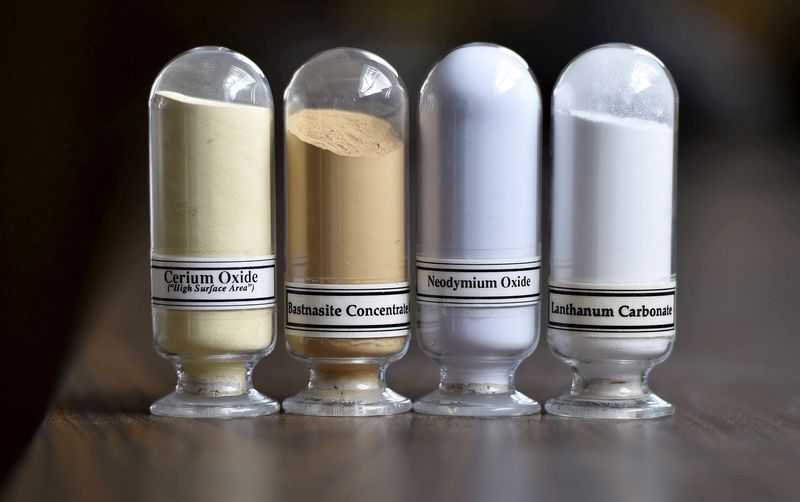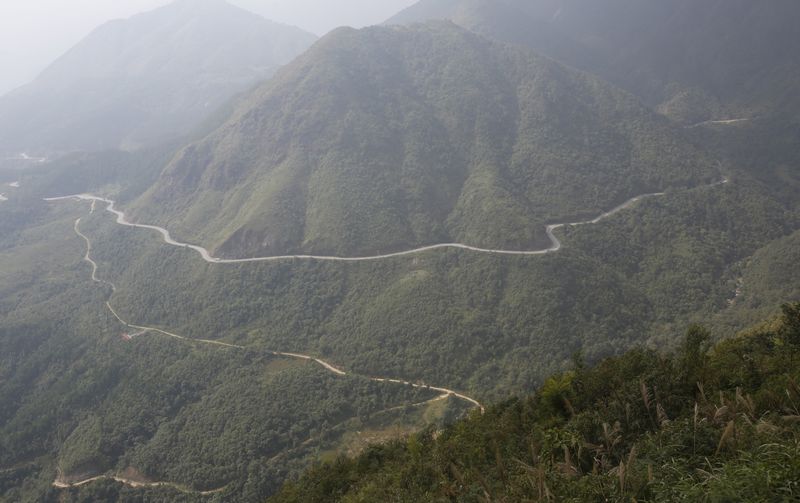By Khanh Vu
HANOI (Reuters) - Vietnam aims to raise its rare earths production to 2.02 million tonnes of unprocessed minerals a year by 2030, according to a government plan reviewed by Reuters, as the Southeast Asian country seeks to tap one of the world's largest reserves of key industrial metals.
The rare earths will be extracted from nine mines in the northern provinces of Lai Chau, Lao Cai and Yen Bai, according to the plan signed by Deputy Prime Minister Tran Hong Ha on July 18.
Rare earths are a group of elements that have applications in electronics manufacturing and batteries, making them important for the global transition towards cleaner sources of energy and in defence.
Vietnam has the world's second-largest reserves of rare earths - an estimated 22 million tonnes - second only to China, according to the United States Geological Survey (USGS).
The country's rare earths production jumped to 4,300 tonnes last year from 400 tonnes in 2021, the USGS said.
According to the government plan, Vietnam will develop 3 to 4 new mines after 2030, aiming to raise its raw rare earths output to 2.11 million tonnes by 2050.

Apart from mining, the country said it will also seek to invest in rare earth mining facilities, with a target of annually producing 20,000-60,000 tonnes of rare-earth oxides (REO) by 2030.
The plan aims to raise the annual REO output to 40,000-80,000 tonnes by 2050.
